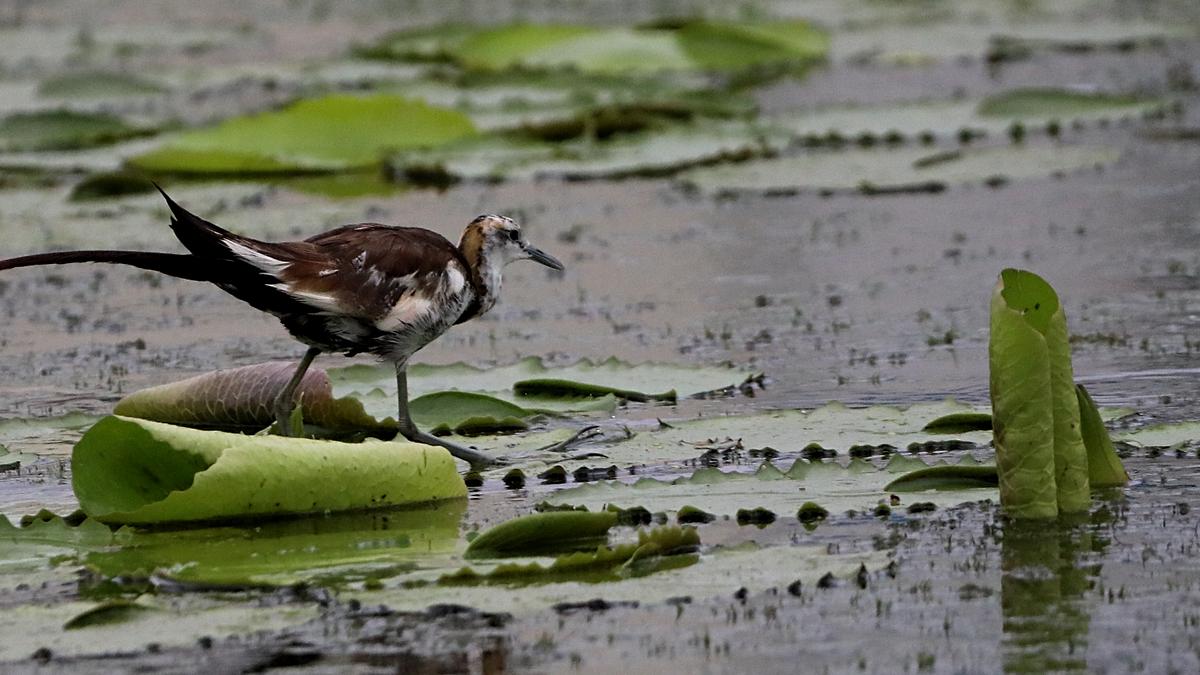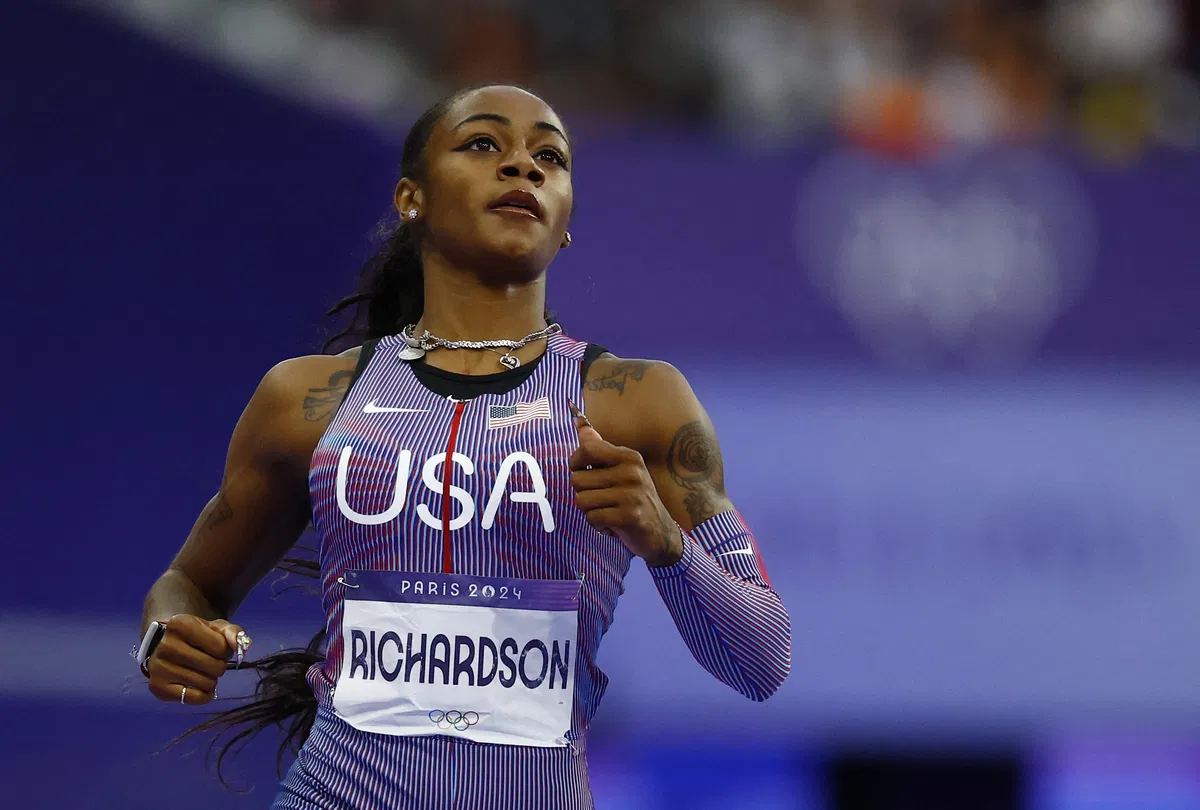By Prince Frederick
Copyright thehindu

The LinkedIn profile might be up-to-date, but not the profile picture. The jawline might not be as well-defined in reality as in the display picture. Usually, the difference between reality and representation goes unnoticed unless the person has developed a bald pate overnight. But if one belonged to the Aves class of Kingdom Animalia, the date of the “display picture” would matter, some birds shedding their “look” as often as clouds change their shapes. Some species are known for “makeovers” as dramatically different as those assumed by a Kamal Haasan and in the western film world, a Daniel Day-Lewis.
The frequency of makeovers depends on a bird species’ breeding cycles. Waterbirds and birds that synchronise their breeding cycles with rains could wear their breeding plumage more often if the showers get oftener.
“There is nothing deliberate about it,” says ornithologist V. Santharam, “they are programmed to breed when the ideal conditions are present, their gonadal morphology changing in response to the availability of resources. Birds are opportunistic not by choice, but their biology. And South West Monsoon being more fruitful in terms of rains in Chennai, many waterbirds must be making the most of that situation.”
Conversely, when the ideal conditions are absent at a time they are expected, that would be mirrored by gonadal morphology, it being underdeveloped. Birds could skip a breeding cycle on account of an unhelpful environment.
In Chennai, waterbirds and birds whose breeding cycles depend on rains are likely to be making more “babies” now, as in recent years, the South West monsoon has been more productive than before.
Even outside of the monsoons, there have been showers — one noticed it in April (when a thunderstorm happened) and May this year in Chennai. On account of frequent showers, waterbirds would be raising more clutches. One can get a sense of that from certain species that put on dramatically different plumage when they are breeding, by how often they are togged up in these feathers.
The Pheasant-tailed jacana can particularly be seen slipping into breeding plumage more frequently.



